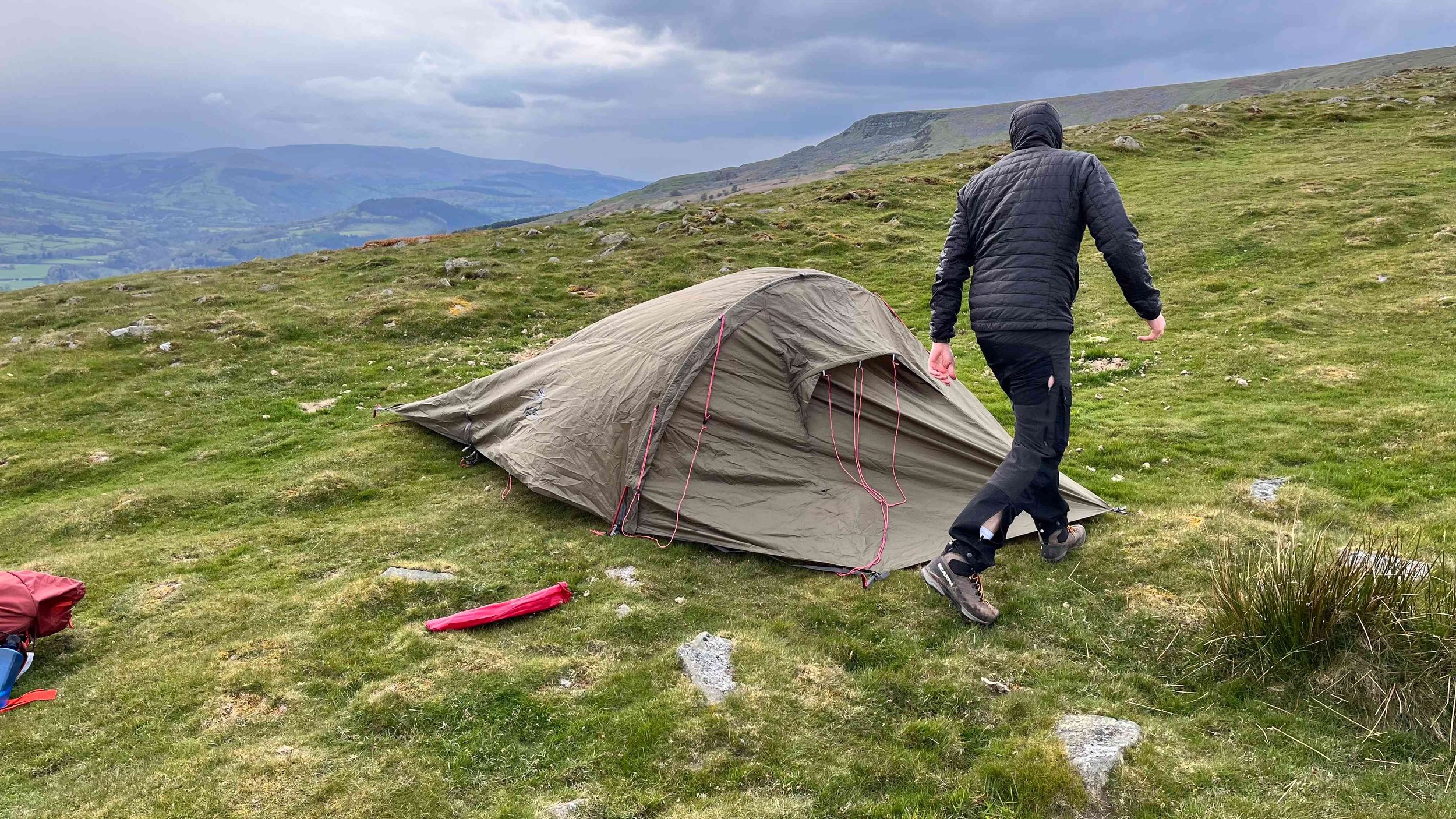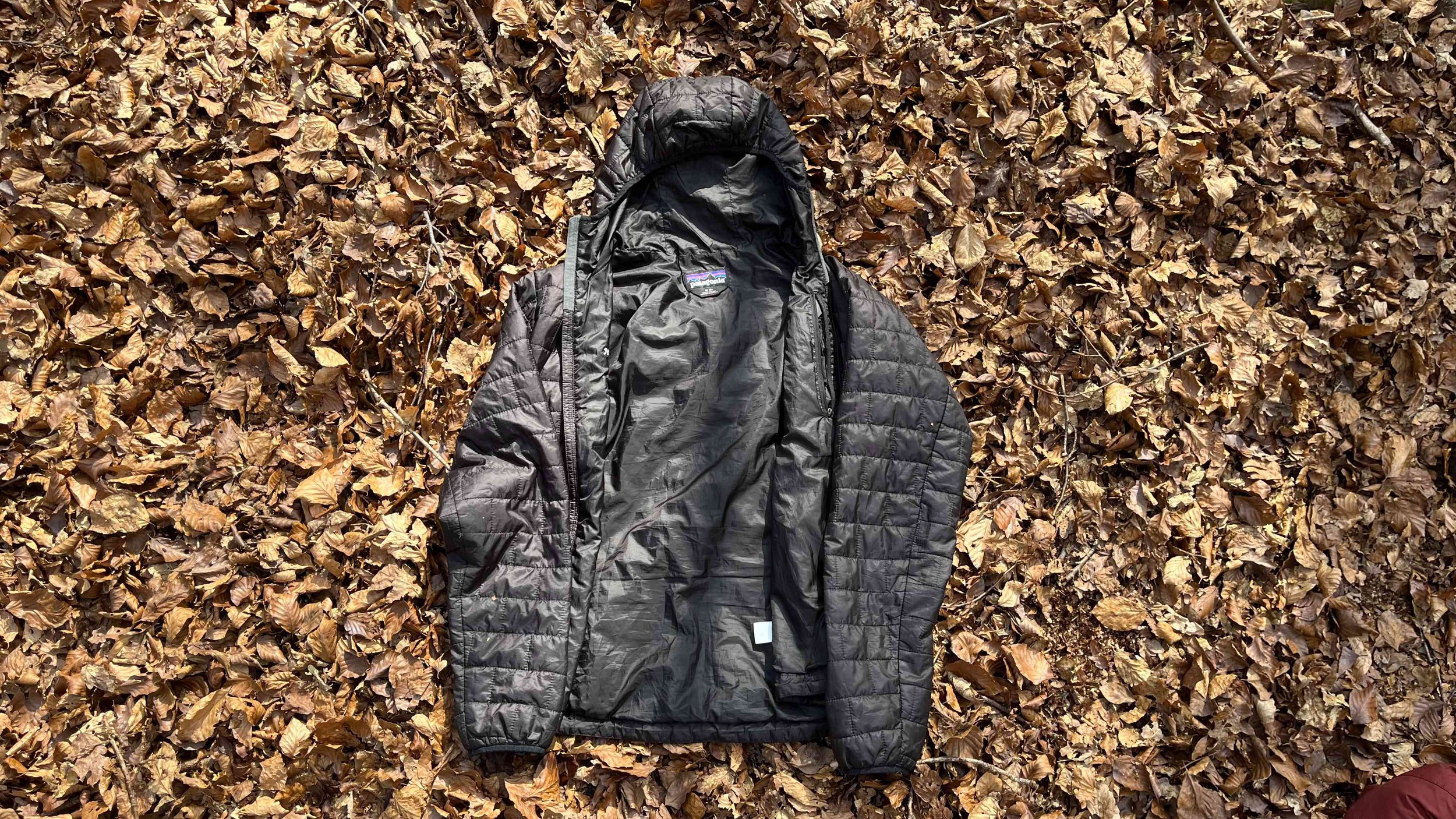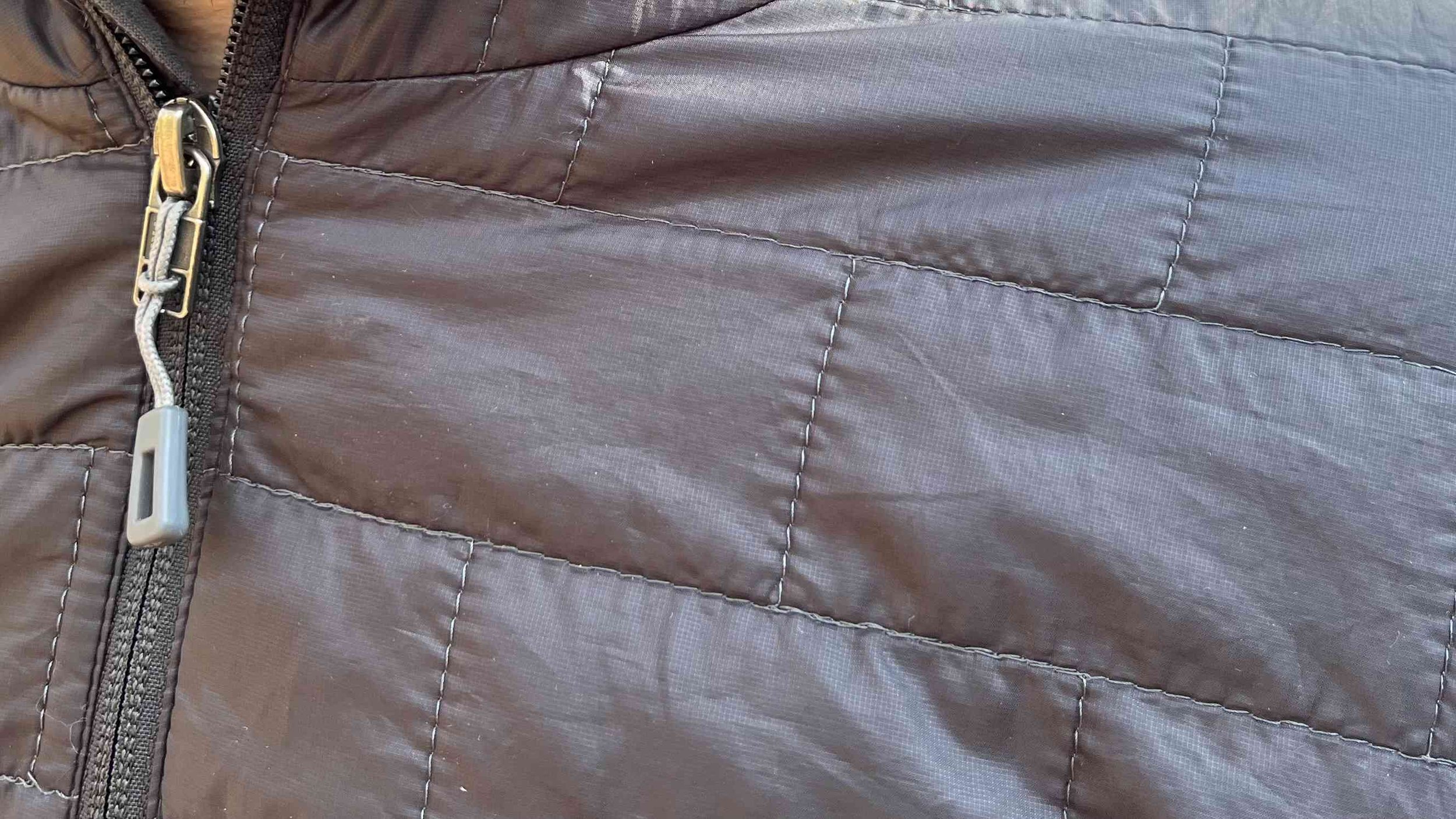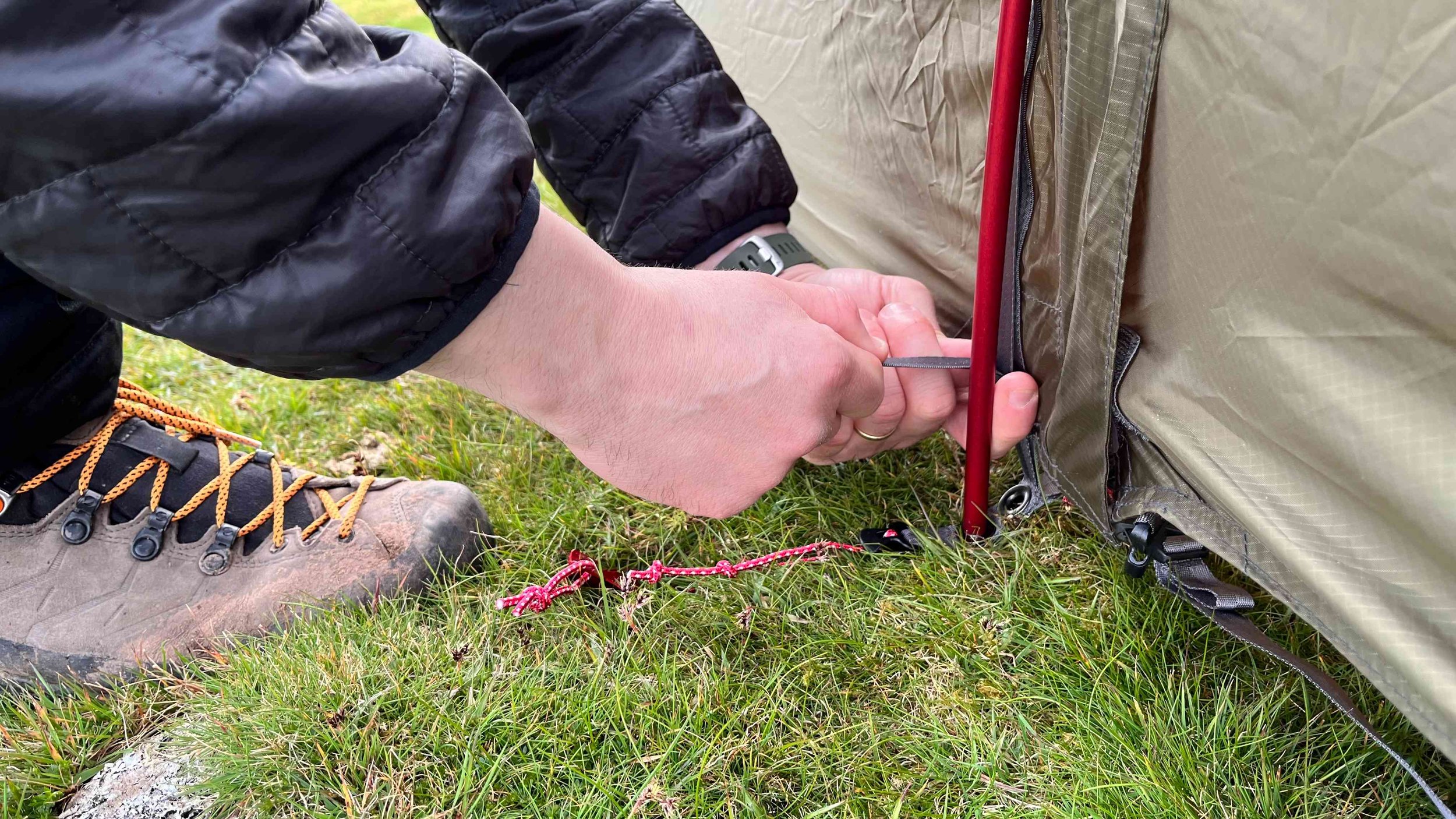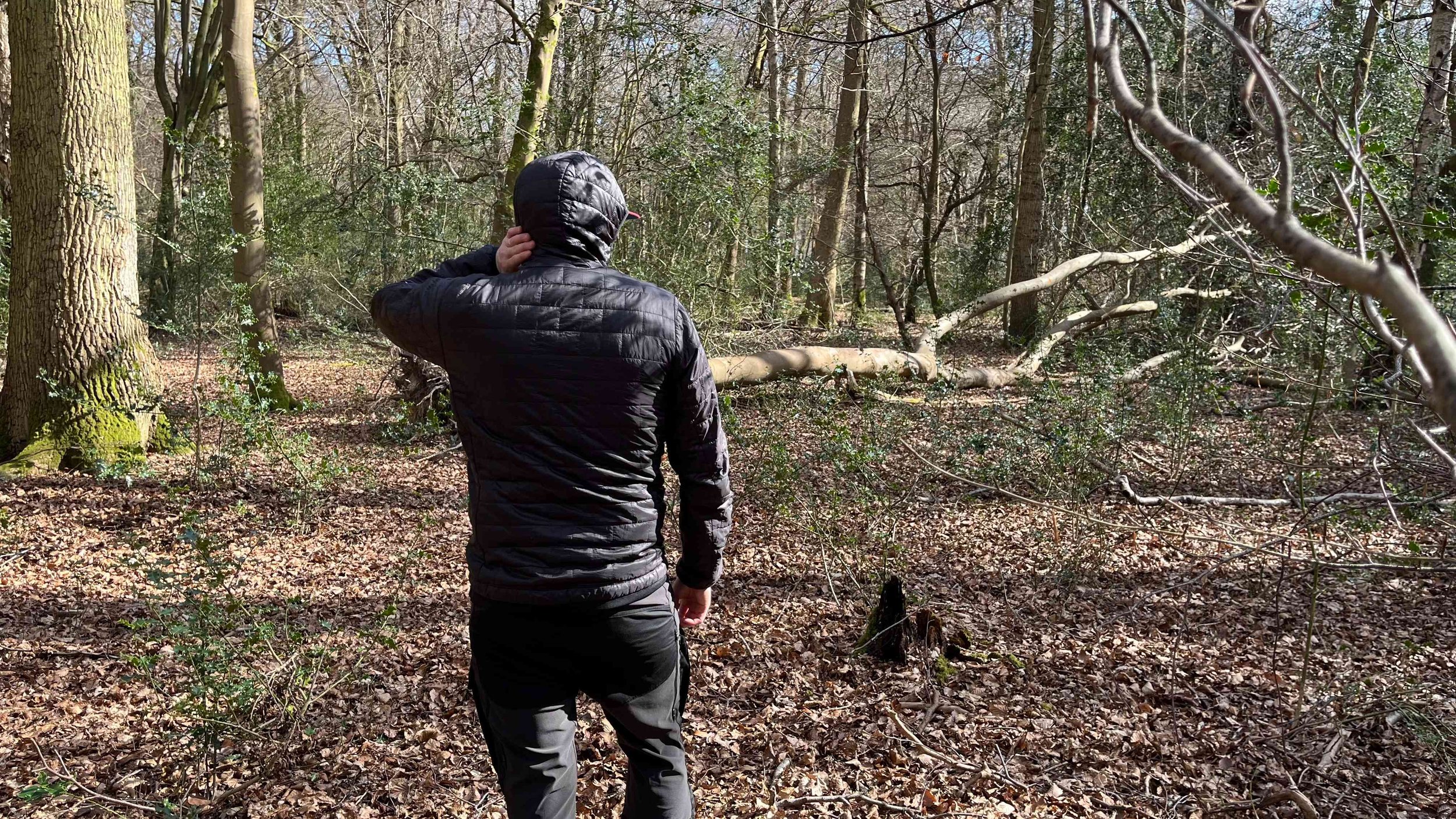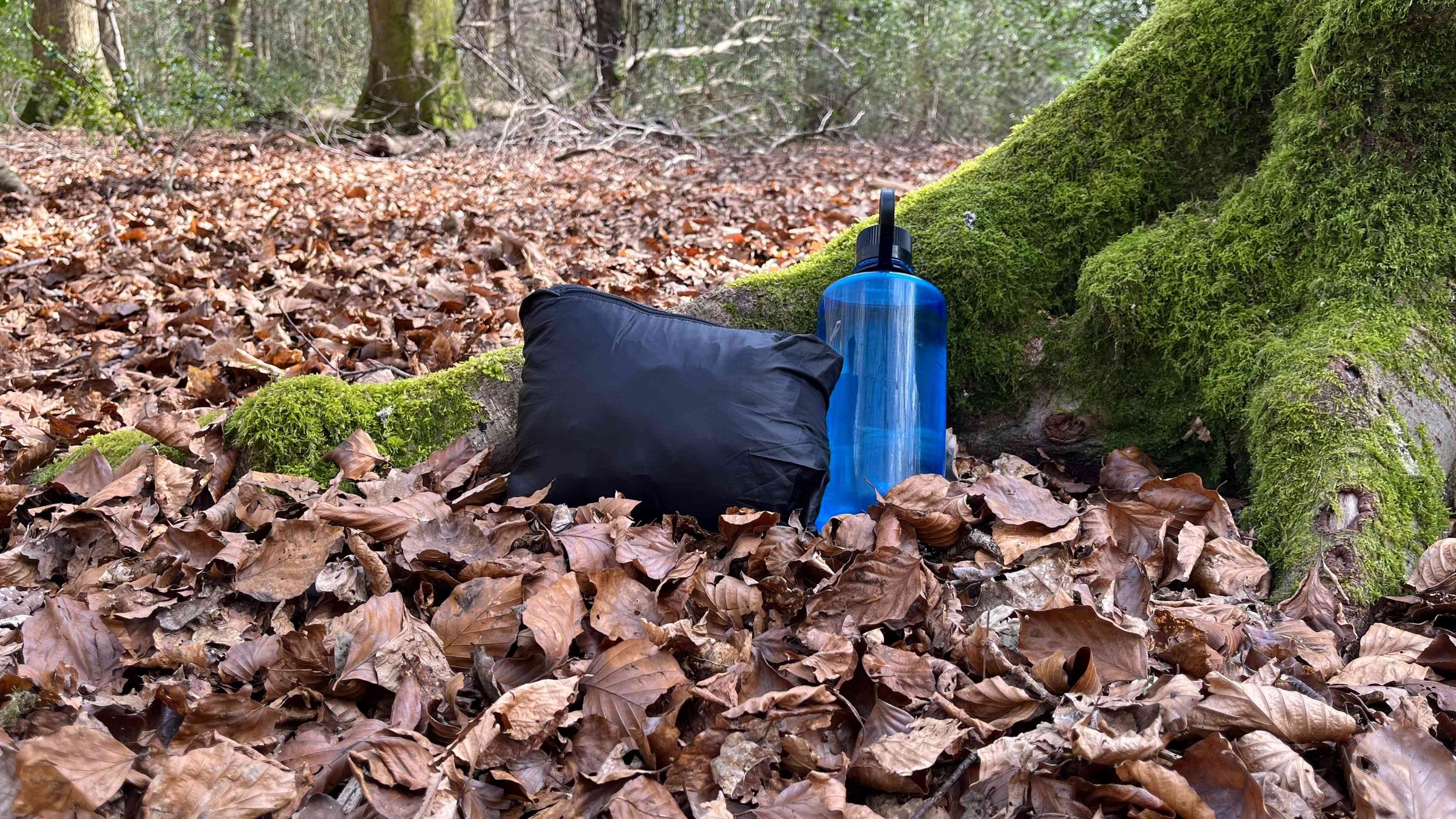Patagonia Nano Puff Hoody review: A stylish, synthetic layer that’s tough enough for just about anything
The Patagonia Nano Puff Hoody might not be the warmest or cheapest jacket out there, but it’s one of the most versatile. With impressive eco credentials, excellent packability and five years of hard testing behind it, this is the jacket we keep reaching for.
Patagonia Nano Puff Hoody
Ideal for: Wildcamping, backpacking, climbing, bikepacking, lightweight warmth
Not suitable for: As a standalone warm layer on deep-winter wildcamping trips
The Patagonia Nano Puff Hoody is a lightweight, synthetic-insulated jacket designed to deliver reliable warmth in a tiny, easy-to-carry package. Weighing just 360g (in a men’s medium), it packs down to the size of a mango, shrugs off light rain, and comes with Patagonia’s Ironclad Guarantee. It’s filled with PrimaLoft Gold Eco insulation made from 100% post-consumer recycled polyester and wrapped in a 100% recycled shell and lining. At £220, it’s not a cheap jacket — but it’s an impressively adaptable one, suited to everything from fastpacking in Wales to bikepacking in the Cairngorms.
The Good
Lightweight and packable
Warm for its weight
Very easy to wash and care for
Great as either a mid-layer or outer-layer
High-quality zips
Windproof
Comes with Patagonia’s ‘Iron Clad’ guarantee
The Bad
Expensive
Patchy look isn’t for everybody
Patagonia Nano Puff Hoody review
Based out of Ventura, California, Patagonia has long been at the forefront of responsible outdoor gear manufacturing. Founded in 1973 by climber and environmentalist Yvon Chouinard, the company has built its name on a blend of technical excellence and environmental integrity — and it’s fair to say that few other brands have earned as much trust from the outdoor community. Patagonia has pioneered everything from recycled fabrics and traceable down to fair labour practices, and it continues to lead the charge with initiatives like its “Worn Wear” programme and Ironclad Guarantee. But beneath the bold activism and glossy sustainability credentials is a simple truth: Patagonia makes consistently brilliant kit. Their jackets, fleeces and shells are known for being thoughtfully designed, rigorously tested, and — crucially — built to last. We’ve put a fair few of their products through the wringer over the years and have always come away impressed by their attention to detail, reliability and real-world performance.
The Nano Puff Hoody sits firmly in that same mould. It’s a lightweight synthetic insulated jacket that aims to provide maximum versatility in a small, packable form. Designed as a warm midlayer or standalone outer in dry, cool conditions, it’s ideal for everything from springtime hill walks and summer campsites to chilly evenings on the trail. Weighing in at just 360 grams in a men’s medium, it’s one of those jackets you barely notice until you need it — and then it’s very noticeable indeed. It stuffs into its own internal pocket (about the size of a mango), making it easy to chuck in a rucksack, saddlebag or glovebox. It’s windproof, water-resistant, and built with 100% recycled polyester inside and out — from the ripstop outer shell right through to the PrimaLoft Gold Eco insulation. At £220 RRP, it’s certainly not cheap — but in the context of what it offers, it stands as one of the most refined and well-balanced synthetic jackets on the market today.
Compared to the competition, the Nano Puff holds its own well — not because it leads the field in any one category, but because it’s so well-rounded. The Helly Hansen Odin Everdown, for example, is warmer and lighter on paper (by around 40 grams) but costs almost twice as much at close to £400. The Fjällräven Expedition Down Hoodie delivers more warmth too, but at 315 quid, it’s bulkier, heavier, and less versatile day-to-day. At the budget end, there’s the Forclaz MT100 down jacket — just £59.99 — which gets surprisingly close on warmth, but lacks the Nano Puff’s synthetic resilience, ease of care, and polish. What sets the Nano Puff apart is that it’s light enough for fastpacking, warm enough for chilly spring nights, stylish enough to wear in town, and tough enough to throw in your pack year-round. It’s not a specialist piece of kit — and that’s what makes it so useful.
Our experience using the Patagonia Nano Puff over the years
We’ve been wearing the Nano Puff for well over five years now, and it’s safe to say it’s earned its place in our packs. From windswept ridgelines in the Lake District to mid-winter wild camps in the Cairngorms, this jacket has seen more than its fair share of British weather. It’s come with us on bikepacking loops through the Scottish Highlands, coastal hikes in Cornwall, and fast-and-light backpacking trips through Snowdonia and the Brecon Beacons. We’ve thrown it on for breezy pub walks, zipped it up at exposed mountain passes, and bundled it under a shell when the heavens opened. It’s also travelled well further afield, making appearances on multi-day treks in the French and Swiss Alps, early mornings in the Rockies, and starry nights in the Utah desert.
We’ve used it as a mid-layer in minus double digits on frostbitten Dartmoor camps, and as an outer layer on cool summer evenings by the fire pit. It’s been stuffed into saddle bags, hauled up crags, and used as a pillow in bothies and bivvies. We’ve sat in it, slept in it, sweated in it and spilled countless mugs of coffee over it. And through it all, the Nano Puff has held its own — never once letting us down. While it’s not the warmest or lightest jacket in our rotation, it’s easily one of the most consistently useful, and it’s often the one we instinctively reach for when heading out the door. That kind of trust doesn’t come from specs or marketing — it comes from years of real use in unpredictable conditions.
Features and performance
Insulation
The Nano Puff Hoody is packed full of thoughtful design touches — some obvious, some subtle. Let’s start with the insulation. This jacket uses PrimaLoft Gold Eco insulation, made from 100% post-consumer recycled polyester. It’s synthetic, which means it continues to insulate when wet — a big bonus for UK conditions. And despite being synthetic, it’s impressively packable. The whole jacket stuffs into an internal chest pocket, packing down to the size of a large mango — genuinely one of the most packable synthetic jackets we’ve used.
Another standout perk of synthetic insulation — and one that often gets overlooked — is just how low-maintenance it is when it comes to care. With traditional down jackets, there’s usually a bit of a performance-to-maintenance trade-off: you get excellent warmth-to-weight ratios, but with the added headache of delicate washing routines. Down needs special detergent, careful handling, and a good couple of hours in the dryer with tennis balls or dryer balls to help re-loft the insulation. Miss a step, and you risk clumping the down, ruining its warmth, or even damaging the fabric.
With the Nano Puff, none of that faff applies. It’s about as close to wash-and-wear as outdoor insulation gets. When it gets muddy, smelly or just a bit tired from life on the trail, you can chuck it straight in the machine with your regular laundry — no specialist gear required. It dries quickly too, either on the line or in a low-heat tumble dry, and it always comes back looking and feeling fresh. The PrimaLoft insulation doesn’t lose its loft or shift around after repeated washing, and the outer fabric seems to shrug off abrasion and scuffs surprisingly well.
For regular UK use — where jackets are likely to get soaked, muddy, and roughed up by brambles or campfire benches — this ease of care makes a huge difference. It means you’re more likely to reach for it day after day, trip after trip, without worrying about babying it. Whether it’s getting stuffed into a pack, tossed in the boot of a car, or used as a makeshift pillow, the Nano Puff takes it all in stride. That practicality and resilience is a massive part of what’s made it such a staple in our outdoor wardrobe.
Extra details
Another thing we have learned to appreciate over the years is the square quilting which isn’t just for show. It creates small compartments that trap heat and eliminate cold spots while helping to block wind from cutting through the jacket. This, combined with the snug fit and wind-resistant outer fabric, helps the Nano Puff perform well even in gusty conditions.
Zips are a small detail, but Patagonia nails them here. The YKK zippers are smooth, reliable, and have never snagged once in all our years of use. The zip pulls are elongated, making them easy to grab when wearing gloves. It’s one of those little things that makes a big difference in bad weather.
We also rate the fit. The cut is slim but accommodating — close enough to trap warmth efficiently, but roomy enough to fit over a thick midlayer. It doesn’t flap in the wind or ride up awkwardly when you’re moving. And the hood? It’s not helmet-compatible (in the sense that you can wear it over a helmet), but it fits snugly around the head and does a great job of sealing out the chill. Perfect for hiking and everyday use.
How it performed in the UK
Performance-wise, the Nano Puff has become our go-to synthetic jacket for UK use. It’s warm enough for shoulder season hill walks, light enough for summer backpacking, and compact enough to always have on hand. We’ve worn it on its own in single-digit temperatures and stayed warm over just a t-shirt, and we’ve layered it under waterproof shells in snowstorms.
The biggest benefit for us, though, is its versatility. We’ve worn it while belaying, cooking, sleeping, walking, cycling and even working from home. It’s the kind of jacket you can throw on without thinking — whether you’re on the hill or popping out to the shop. That blend of performance and casual wearability makes it one of the most useful bits of kit we own.
Patagonia Nano Puff Hoody jacket FAQs
-
The Nano Puff is surprisingly warm for its weight. While it’s not designed for extreme cold on its own, it performs excellently in UK conditions — especially when used as part of a layering system. Over a t-shirt, it keeps you warm down to around 5°C, and layered up, it’ll take you much lower.
-
Pretty much everything. We’ve used it for fastpacking, backpacking, bikepacking, wild camping and everyday wear. It’s light enough for big mileage days, warm enough for chilly camps, and smart enough to wear around town. If you want one jacket that can do a bit of everything, this is a great shout.
-
It’s not waterproof, but it handles damp conditions really well. The synthetic insulation retains warmth when wet, and the shell sheds light rain and mist effectively. For heavy rain, you’ll still want a proper shell jacket — but this one won’t leave you freezing if you get caught in a drizzle.
-
We think so. At £220, it’s expensive — but you’re getting a jacket that’s warm, lightweight, packable, long-lasting, and built with excellent sustainability credentials. It also comes with Patagonia’s Ironclad Guarantee. For something you’ll use all year round, it’s a solid investment.
-
Very. Ours has been used regularly for five years and is still going strong. The stitching, zips, insulation and fabric have all held up brilliantly. And if something does go wrong, Patagonia’s repair or replace policy makes this one of the most confidence-inspiring jackets we’ve ever owned.
Final thoughts
The Patagonia Nano Puff Hoody is not the cheapest synthetic jacket you can buy — far from it. At £220, it sits at the premium end of the market, and it’s easy to flinch at that sort of price tag, especially when there are budget-friendly options that look, on paper at least, like they might offer similar performance. But in our experience, the Nano Puff delivers something that most jackets don’t: consistent, dependable versatility across just about every kind of UK adventure. It’s not the warmest, or the lightest, or the most technical jacket out there — but it might just be the most well-rounded.
What makes the Nano Puff stand out isn’t one killer feature. It’s how the whole package comes together — the weight, the warmth, the cut, the durability, the simplicity, the ease of care, and the fact that it’s genuinely comfortable to wear in everything from spring drizzle to winter frost. It compresses down to next to nothing, which means it’s the sort of jacket you’ll find yourself throwing in your pack just in case, and more often than not, you’ll be glad you did. It works as a wind-blocking outer layer in mild conditions, and slots into a winter layering system without ever feeling bulky or cumbersome.
So yes — it’s expensive. But it’s also one of those rare bits of kit that becomes a default choice, a grab-it-and-go staple that you rely on for just about everything. Whether you’re walking the dog on a frosty morning, fastpacking in the Lakes, belaying at a sea cliff, sitting by a campfire or just trying to stay warm in the pub garden, the Nano Puff just works. If you’re looking for a single insulated jacket that can slot into almost any part of your outdoor life, this is the one we’d recommend without hesitation.




